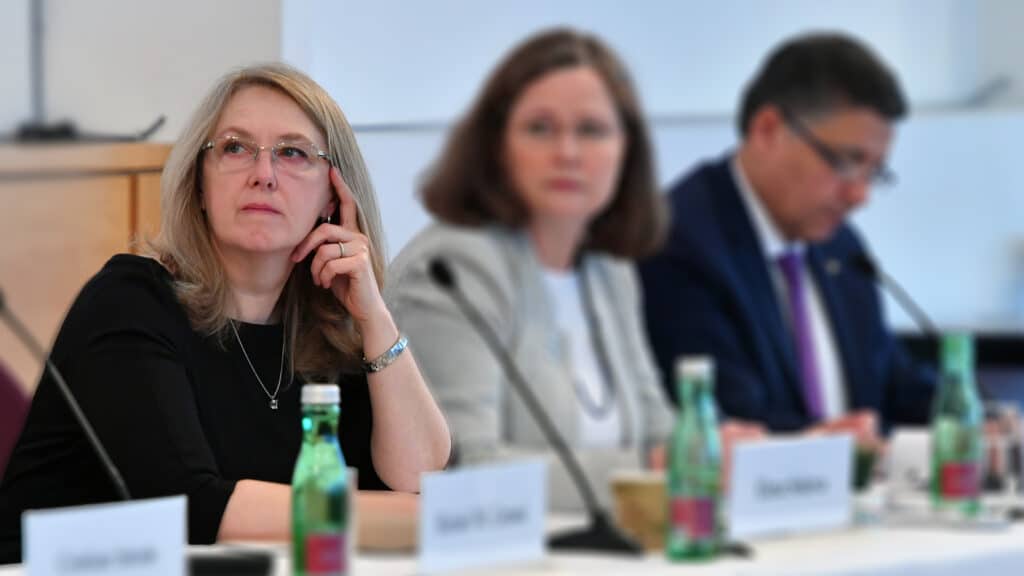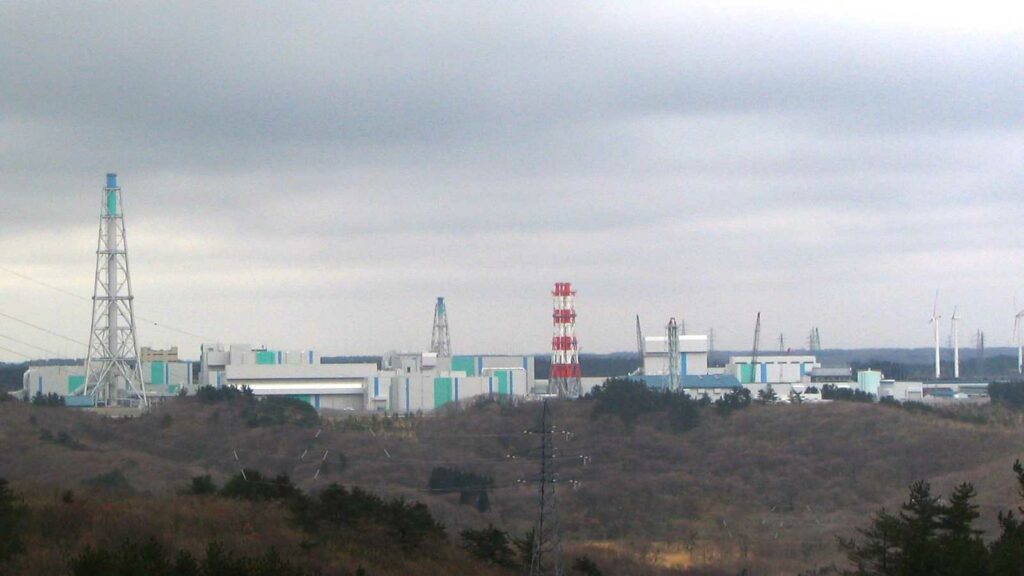Nuclear Power for the Sake of Humanity and the Environment

Written by Wade Allison, MA DPhilEmeritus Professor of Physics and Fellow of Keble College, Oxford
Building a nuclear power plant involves risk and money like any large project, but how much risk and how much money? The choices affect everybody – investors, consumers and society as a whole. If more money is spent with the intention of reducing risk, then it is not available for other purposes, such as reducing utility charges. With risk as with money, if one risk is reduced another may then be increased. Any claim that all risk can be avoided is illusory and the consequences are likely to be expensive and dangerous. The inquiry into the loss of life in the Titanic disaster provides an example. The reason for the inadequate number of lifeboats was that the ship was designed to be unsinkable, so lifeboats would not actually be needed, it was thought. For the same reason navigation of the ship among the icebergs was accepted at high speed. The failure of safety was catastrophic – in any confrontation between man and nature there can be no guarantee of absolute safety.
If safety cannot be complete, how may it be maximised? In two well established ways, I suggest. As we shall see, both have been assiduously ignored in the case of nuclear power.
First by working with safety as provided by nature. From its inception of life on Earth some three billion years ago life had to survive somehow. This required the evolution of a design that could overcome attacks by two powerful agents, oxygen and ionising radiation – we tend to overlook the power of oxygen forgetting that it is essential to combustion and digestion. Both agents were more or less pervasive in early times and they still are today. Their effects are very similar – they break molecules, in particular those essential to life, the DNA; oxidation is the chemical term. Every feature of biology has evolved to cope with such attacks and their aftermath including the development of cancers. To this end the basic design of life is composed of many semi-autonomous cells protected in several ways: the anti-oxidants, the cycle that replaces cells on a regular basis; the enzymes that repair broken DNA; the immune system that removes altered cells; the adaptive reaction that upgrades these biological responses in the light of experience. Even the separation of life into individuals that are replaced progressively with the arrival of each new generation, this too gives life a resilience in the face of oxidative attack. The details need not concern us here although more is discovered each year – for instance, the 2015 Nobel Prize in Chemistry was awarded for the elucidation of a DNA repair mechanism. (Fuller popular accounts can be found in the books listed at the end of this article.).
Biology has made an extraordinarily good job of its task, and as a result life is surprisingly immune to radiation at low and moderate dose rates. This conclusion is confirmed by many laboratory experiments in which animals such as mice or dogs are given doses of radiation every day throughout their lives. This view is not a result of “cherry picking” just those studies that are supportive; it takes account of all the major sets of data involving substantial radiation dose rates. Most relevant is a century’s experience of treating millions of clinical patients with high radiation doses aimed at cancer tumours; this treatment also irradiates quite large parts of the rest of their bodies which usually recover. These and the animal experiments are discussed in the book Nuclear is for Life. One should not be surprised – evolution is exceedingly effective at achieving a design to protect against a specific threat like oxidation. Only when the threat itself can evolve, does this protection sometimes fail. In particular that may happen when the attack is viral or microbial. But that involves two systems, both able to evolve and locked in mutual combat, the usual situation for an attack by an infectious disease. Many people do not appreciate that radiation is a physical agent and not a disease. It cannot spread by infection or change by evolution. Much suffering would have been prevented if people had known this before Chernobyl and Fukushima, but unfortunately they are not taught this simple fact.
So what happens to human health after a release of radioactivity in a nuclear accident? There have been very few health effects due to radiation from such accidents, indeed almost none; the worst were at Goiania (1987, 4 deaths) and Chernobyl (1986, 43 deaths). In particular there was none at Fukushima and none is expected in coming decades in the light of comparisons of measured data with those at Goiania or Hiroshima and Nagasaki. These observations are consistent with data for mice, dogs and radiotherapy patients. Some people resort to conspiracy theories and mistrust of authorities, but most are bemused and confused – they realise that they never understood much about radiation, and often what passes for knowledge is simply what gets picked up from the media in periods of panic following an accident.
Education and training is the second way in which safety can be maximised. This is not news – it is used in fire safety, sunbathing, highway safety, indeed in all manner of human activity. But people have been told remarkably little about the science of radiation and its effect on life. How this happened is a longer story that goes back to the Cold War and earlier; it is told in Chapter 10 of Nuclear is for Life. The simplistic description of the science (acronym LNT) is not compatible with modern biology although it is used as the basis for the unreasonably cautious current safety regulations (acronym ALARA) supported by the US National Academy of Sciences and the relevant UN committee known as UNSCEAR. In 2004 this incompatibility with science was challenged in a unanimous report published by the French national academies of science and medicine – but heeding science is treated as optional in international politics. Of course regulations are distinct from education. They neither help people to understand nor give confidence when things go wrong, but when based on false science they actually do the opposite and can cause great social damage.
When the earthquake occurred in Japan in March 2011 there were 500,000 people in the region inundated by the tsunami half an hour later – and all but 18,800 escaped, largely due to effective education and training. At school every Japanese child learns what to do in the event of an earthquake and tsunami, but nothing about a radiological accident except possibly that it is not allowed to happen. This combination of ignorance and false confidence is reminiscent of the Titanic story, except that nobody suffered from the radiation. However, the unjustified evacuation and the lack of public information caused real suffering with a storm of fear and social instability that spread around the world. The social, economic and political effects still grip authorities five years later. They still have not understood and, instead of improving public education about radiation, persist with expensive additions to the physical design of nuclear power plants to make them even safer – and even more expensive for no reason. They aim to ensure that an accident like Fukushima can never happen again. But that is an unaffordable, unattainable and undesirable objective. There was no radioactivity casualty caused by the 2011 accident and, besides, a programme of proper explanatory education would be a better investment than anything written in concrete, not only in Japan but everywhere else in the world. Interestingly, the number of avoidable deaths on the Titanic, deaths from unnecessary evacuation at Fukushima and unwarranted additional abortions in Greece after Chernobyl have each been recorded at about 1500 in published sources. Yet only in the case of the Titanic has the underlying error been fully appreciated.
The current ALARA/LNT radiological safety regulations ignore modern science, spread unwarranted alarm and endanger human life. They are based on a policy of appeasing fears and the elevation of precaution to a universal principle, applicable without evidence. On the other hand we need nuclear power – used with intelligence it can be cheap and safe for life and for the environment. The descriptions green and renewable are more applicable to nuclear than to any other source of energy. The nuclear industry has tolerated the current safety regime to its cost. To survive it has to get out and demonstrate with a broader view of safety than the traditional one based exclusively on management and engineering that it has taken to date. Indeed we all have to add our voices to the case for a root-and-branch change to the safety regulations and at the same time to spread the reassuring news. We should confess to our grandchildren that so far we have really “messed up”. They should not be impressed by our excuses for failing so far to deploy nuclear power for the benefit of humanity and the environment.
 Wade Allison is Emeritus Professor of Physics and Fellow of Keble College, Oxford. At Oxford his research career was in particle physics and his teaching covered a wide range including medical, nuclear and radiation physics. Wade Allison has written three books and has given public and scientific lectures around the world including four visits to Japan.
Wade Allison is Emeritus Professor of Physics and Fellow of Keble College, Oxford. At Oxford his research career was in particle physics and his teaching covered a wide range including medical, nuclear and radiation physics. Wade Allison has written three books and has given public and scientific lectures around the world including four visits to Japan.
wade.allison@physics.ox.ac.uk
Radiation and Reason: The Impact of Science on a Culture of Fear (2006) ISBN 978-0-956275615 in paperback from YPD books:
http://www.ypdbooks.com/science-and-technology/26-radiation-and-reason-YPD00164.html

also available in Kindle, ePub, Japanese and Chinese editions.Nuclear is for Life: A Cultural Revolution (2015) ISBN 978-0-956275646
in paperback from YPD books:
http://www.ypdbooks.com/science-and-technology/1369-nuclear-is-for-life-a-cultural-revolution-YPD01574.html
also available online and in Japanese (to be published).
Share this article
Related articles
Help us grow and achieve your potential at a values-driven business.




